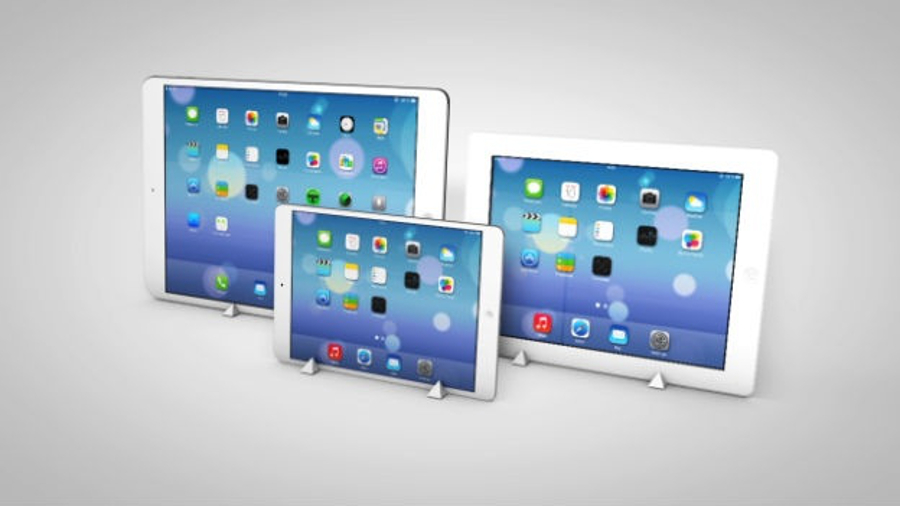Why Apple needs to bring out an iPad Pro tablet
iPad sales are flagging, so Apple needs something new

The iPad event is now in the rear-view mirror, and the consensus amongst those who study Apple is that it was a disappointment. A new iPad Air was announced and is even thinner – 6.1mm down from 7.5mm – and, predictably, more powerful.
The iPad mini 3 gained Touch ID – and with it, the ability to work with Apple Pay – and not much else, with Apple keeping both the iPad mini and iPad mini 2 on sale still.
- Everything we know about the Retina MacBook Air
As a category, the iPad, which has sold over 225 million units since its release in 2010, is now being cannibalised by the iPhone 6 Plus and the MacBook Air, fitting increasingly awkwardly as a middle device between the two.
Changed landscape
When Steve Jobs unveiled the iPad, the smartphone landscape was very different; the iPhone 4 had a smaller 3.5-inch display and the MacBook Air was only just becoming a viable laptop, both in terms of battery life and processing power.
Now, the MacBook Air is lighter and much more powerful thanks to Intel's new Haswell processors – it's capable of nine hours of web surfing – while the iPhone 6 Plus heralds a large, full HD display, and has the power to complete tasks previously reserved for the iPad, alongside a two day battery life.
The closure of the gap that the iPad occupied is a big problem for Apple, which has seen sales of the iPad drop off at a rate of 9% year-over-year in the third quarter of 2014. Recently, pundits have called Apple "the iPhone company" which is largely true – the largest product bringing in revenue to Cupertino is the iPhone, and this is worrying. While the iPhone is undoubtedly a high-margin device, having both an iPhone and an iPad in the hands of customers is even higher still.
Upgrade period
Some pundits have speculated that falling iPad sales aren't down to consumers being apathetic towards the device, rather that users keep their iPad for longer. Anecdotally, my dad is still using a first-generation iPad for email, movie and light web browsing. Doing a similar thing with a first-generation iPhone (or even the 3G or 3GS) would be a much trickier task. If people truly are waiting to upgrade their iPads over a longer period of time – five years, perhaps, as opposed to two for the iPhone – then Apple still has a problem. But the solution may be simple.
Are you a pro? Subscribe to our newsletter
Sign up to the TechRadar Pro newsletter to get all the top news, opinion, features and guidance your business needs to succeed!
Previously, the iPad has never been about specs. An iPad 2 is still powerful enough to run (some of) the latest apps, browse the web, check email, FaceTime and so on. For people who don't want to run the very latest version of Infinity Blade or score highly on Geekbench, a new iPad isn't essential every time Apple shows it on stage.
For the small minority – those who love taking photos, those who must have a Retina screen, or those who use their iPad for work – this kind of upgrade cycle is essential but they are, as I've said, in the minority. Increasingly, however, the third item on the aforementioned list is becoming a much bigger market.
Max Slater-Robins has been writing about technology for nearly a decade at various outlets, covering the rise of the technology giants, trends in enterprise and SaaS companies, and much more besides. Originally from Suffolk, he currently lives in London and likes a good night out and walks in the countryside.